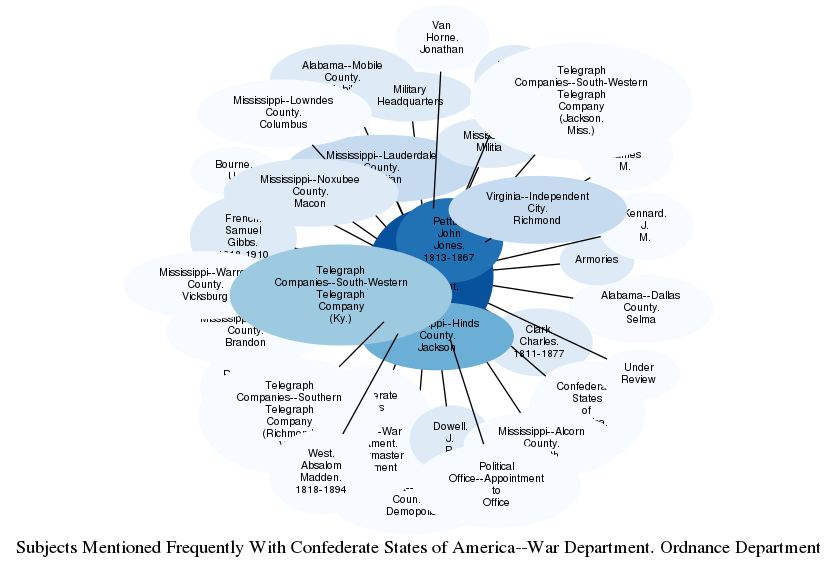Description
The Confederate Ordnance Bureau was the office responsible for acquiring ammunition and weapons for the Confederate military. Technically a branch of the Corps of Artillery, the Ordnance Bureau operated independently and was commanded by Major Josiah Gorgas, who had resigned from the United States Ordnance Department at the start of the Civil War. Gorgas estimated that the Confederacy had fewer than 160,000 small arms and only 429 cannons (375 of which were in fortifications around Charleston) in early 1861. To increase the number of weapons and ammunition, the Ordnance Bureau relied upon three sources: European imports, domestic manufacturing, and battlefield captures. The bureau also labored to provide weapons and ammunition to the field armies through railroad and wagon train transportation routes. Through these efforts, and despite the Union blockade and limited domestic resources, the Ordnance Bureau imported around 380,000 foreign small arms, produced around 10,000 firearms within the Confederacy, and captured enough Union weapons to arm the Confederate military throughout the war. The Confederate army never suffered a battlefield defeat due to the lack of weapons or ammunition. (Frank E. Vandiver, “Makeshifts of Confederate Ordnance,” The Journal of Southern History, 180–193; Philip Leigh, “Civil War Ordnances Bureaus,” Essential Civil War Curriculum)
See also: https://www.essentialcivilwarcurriculum.com/civil-war-ordnance-bureaus.html
Related Subjects

The graph displays the other subjects mentioned on the same pages as the subject "Confederate States of America--War Department. Ordnance Department". If the same subject occurs on a page with "Confederate States of America--War Department. Ordnance Department" more than once, it appears closer to "Confederate States of America--War Department. Ordnance Department" on the graph, and is colored in a darker shade. The closer a subject is to the center, the more "related" the subjects are.